What are the most popular choices for hardwood flooring species?
There are many species of hardwood flooring, we thought it would be helpful to help explain and visualize the different types. There are pros and cons to each, and there is no “one size fits all.” It depends on what you like and which elements are most important to you as well as budget. Understanding the characteristics, as well as the pros and cons, will help you select the ideal species for your home.
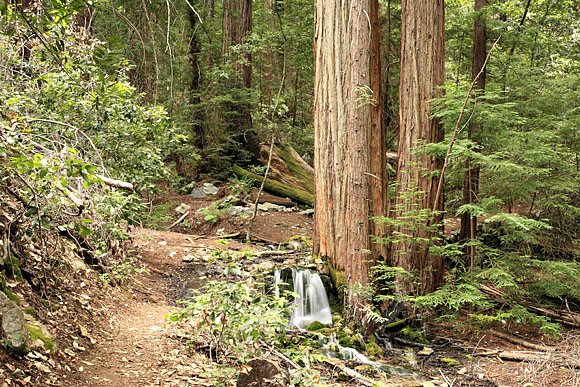
Oak is the most common type of hardwood in the United States. Oak is generally less expensive (since it is more abundant) and it is usually the hardwood that you find in most homes…so if you are looking to match what you already have, chances are, it is oak. Oak flooring is very practical for many reasons. First, it is economical. Second, due to the strong graining of oak, it helps hide the scratches and dents better than most other hardwoods. (Note: if you are not a fan of strong graining, oak is probably not the best choice for you). Third, oak absorbs stain very well, so it is easy to change the color when you are refinishing the floors. Oak is a tree in the genus Quercus of the Beech family. There are actually 600 species with red oak and white oak being the most popular, especially when it comes to flooring.
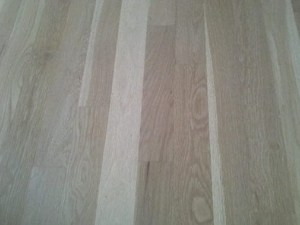

White Oak is the state tree for Connecticut, Illinois and Maryland; Red Oak is the state tree for New Jersey. It’s important to note that red oak and white oak are the names of the trees and not the color of the woods. They are named due to the bark. (But red oak tends to have pinkish undertones and white oak (which is a bit darker) more gold and brownish tones).
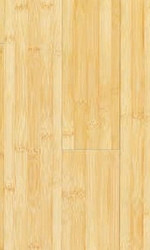 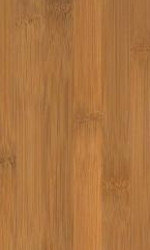 |
Bamboo is often a bit less expensive than oak, but prices can vary based on the type of bamboo and quality. Technically bamboo is a grass, but it can often have the hardness of a hardwood and has really risen in popularity the last few years given its exotic look, lower prices and it’s eco-friendly story. Bamboo, more than any other species (because it’s imported from China) tends to have the greatest variation on quality and if you are considering bamboo, I suggest you do your homework. If you are looking at a very low priced bamboo, chances are it is low quality and will dent very easily, so tread with caution here.
Strand woven bamboo is very strong and durable (and it’s significantly harder than oak). It also costs more and looks different than the bamboo you may be accustomed to but, if you are looking for a more durable bamboo, this is the way to go.
One of the nice benefits of bamboo flooring is that the solid version can actually be glued to concrete floors, so if you live in a condo or co-op with concrete floors, this may be a cost effective option for you. While some bamboos are technically harder than oak, many on the market place (especially the carmelized/darker ones) are not. And bamboo tends to show dents and scratches much more than an oak, and it tends to be even more sensitive to water from minor leaks or pet stains.
Oak is very easy to sand and refinish, while bamboo isn’t. Further, bamboo does not tend to absorb the stains nor the polyurethane very well, so you are much better off getting prefinished bamboo (vs. for other hardwoods, either type will work). Note: Be very careful about buying bamboo that is made in China. Not only do these products tend to be inferior, but there may be a health risk (w/ formaldehyde) due to the adhesives used. In my opinion, it is not worth the risk to save a few dollars.
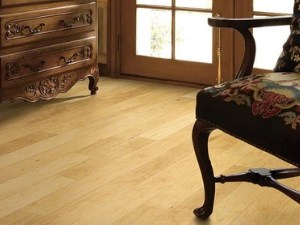
Maple is slightly harder than oak is (1450 on Janka hardness scale vs. Red Oak at 1290) and it is lighter in color than oak. Maple hardwood generally comes from Canada and the northern US. Maple has lighter graining for a smoother and sleeker look. It looks more modern and contemporary while oak has a more classic and traditional look. Some customers prefer this light color and smoother look, while others feel it has less character. Maple is more expensive than oak and the difference varies pending on which grade of maple it is.
Maple tends to yellow a bit more over time, especially in rooms that have a lot of light. For this reason, if you are going natural, I’d strongly recommend using a high grade water based polyurethane. Maple does not absorb the stain as well as an oak does. Because of this, maples with stains tend to have a bit of ‘blotchiness” in them…some people prefer this look; others think it looks fake. Maple just absorbs stains differently…and with some of the darker stains, they turn a bit grayish…which is a very stylized look. If you are looking for that hip gray look, maple is your best bet (it just doesn’t look the same on oak).
If you are sanding and staining maple, you’ll want to use a conditioner before apply the stain. The conditioner closes the pores for more even stain penetration. One of the things I absolutely love about maple is that you can get a beautiful gray stain (or even a whitewash), and provided that you have a talented refinisher who knows both how to work with maple (it’s more challenging than sanding oak) and how to get a beautiful gray stain, the color looks better than it does on oak. And, it looks more stylish.
Please note that there are many species of maple and they do vary in hardness. Hard maple, which is known as Sugar maple or Rock maple (species acer saccharum) which is the same type that is tapped for maple syrup, this has a hardness of 1450. There is also Black Maple which is considered somewhat hard. It’s 1190 on the janka hardness scale. But, there are also soft maples such as Big Leaf Maple, Red Maple and Silver maple, and these vary in hardness from 700-950 on the janka scale. In older homes (e.g. 1920’s or earlier) with maple, chances are these are soft maples.
With maple flooring, there is a wide variance on the grades of hardwood. Clear grade looks very clear and uniform, and if you are going for the modern look, definitely go for a clear grade (and beware…some samples are misleading). Clear grade costs a lot more…so if you are seeing major differences in prices across brands or companies, this is probably the reason why. Lower grades have a lot of color variation, darker boards and imperfections…which is great if you are going for more character, but won’t work if you want modern/contemporary.
Maple is the state tree for New York, Vermont and Wisconsin. It typically grows to be 130 feet and does better in northern climates. Sugar maple is tapped for its sucrose-containing sap to make maple syrup. It may take up to 30 gallons of sap to make one gallon of maple syrup. A typical maple produces up to 12 gallons of maple syrup per year. Hard maple is also the standard wood for cutting boards since it imparts no taste to food and holds up well.
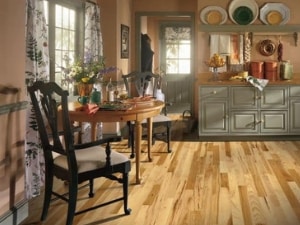
Hickory (sometimes called Pecan) is also native to the US and looks fairly similar to oak in it’s color and graining, but it is significantly harder than oak (hickory is 1820 on the janka scale vs. red oak is 1290). Many hickories have a lot of color variation and some have knotting and differences in color even within a board. Because of hickory’s hardness and it’s ability to hide scratches and dents, it’s often a great choice for busy households and households with pets. Hickory is more expensive than oak.
Hickory is grown in the Eastern US, principally in the Central and Southern states. Tree heights range from 60 to 120 feet. They typically grow slowly and often it takes 200 years for the trees to mature. The Westward pioneers used hickory for their wagon wheels. Hickory chips and sawdust are used to flavor meet by smoking.
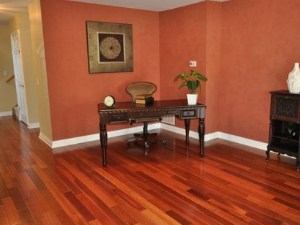
As the name implies, Brazilian Cherry comes from Brazil and many fall in love with this beauty due to it deep red color (and it tends to darken and deepen with age) and it’s smooth graining. Brazilian cherry is rather hard (2350 on the janka hardness scale). Brazilian cherry tends to have a lot of color variation across the planks which some customers love and some hate (and the samples are often misleading).
Brazilian Cherry is often called Jatoba (the Spanish name). Brazilian cherry hardwood darkens with age (actually almost all hardwoods darken with age, but the exotic/South American species darken the most. Be careful if you have area rugs…if you lift them up, you will see the wood here is light than the other areas. But, don’t worry, over time (usually around 6 months), it will catch up. Also, because Brazilian cherry darkens over time, some customers get confused and concerned when they see the hardwood when it’s initially installed as it is often lighter than they imagined/remembered, but it will darken and deepen over time so not to worry.
To be continued…
Original article: https://theflooringgirl.com/hardwood-flooring/most-popular-hardwood-flooring-species-and-pictures/
Written by TheFlooringGirl
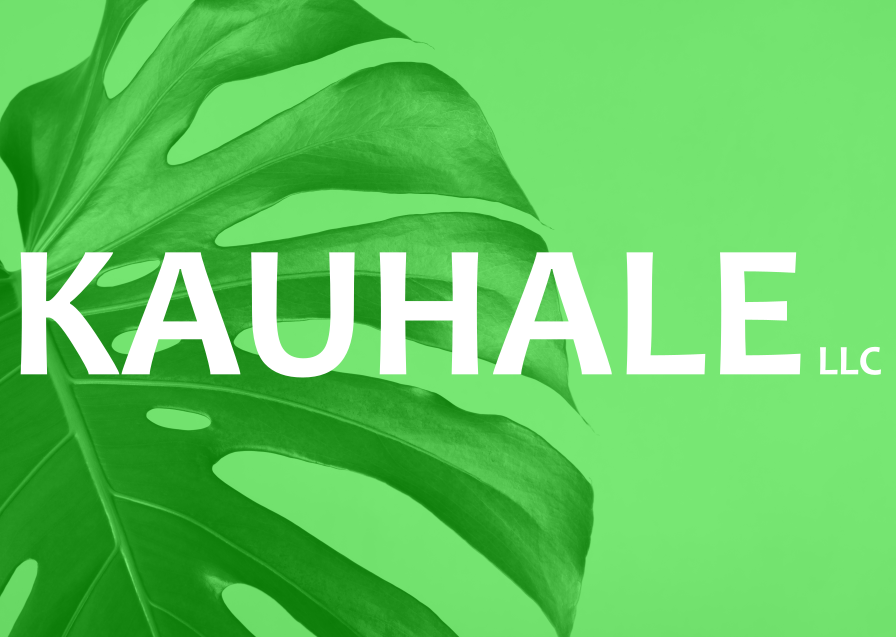
I’m usually to running a blog and i really respect your content. The article has really peaks my interest. I’m going to bookmark your site and maintain checking for new information.
I appreciate, cause I found just what I was looking for. You’ve ended my four day long hunt! God Bless you man. Have a great day. Bye